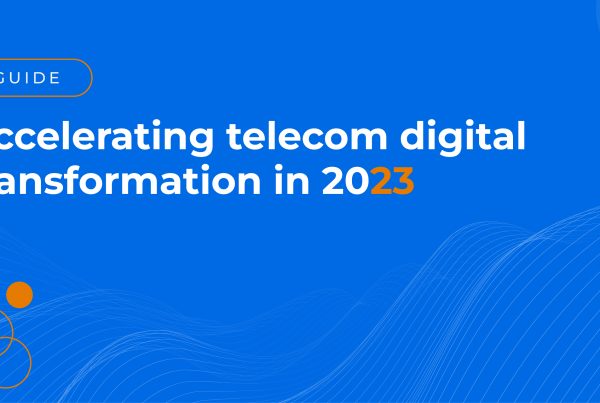Introduction
The telecom industry is at a pivotal juncture, with customer experience emerging as a key differentiator in a highly competitive and technologically advanced market. This transformative journey is not just about enhancing network speed or coverage; it’s about reshaping the very fabric of how we interact with the digital world and each other. The promise of 5G technology extends far beyond faster internet speeds, heralding a new age of ultra-reliable communication, immersive experiences, and smart solutions that aim to improve the quality of life and streamline business operations.
At the core of this transformation is the relentless pursuit of an exceptional customer experience. As telcos deploy next-generation networks across the globe, the focus has shifted towards harnessing these powerful technologies to deliver services that are not only faster and more reliable but also more personalized and secure.
The introduction of 5G is setting the stage for a myriad of applications and services, from augmented reality and virtual reality to the Internet of Things (IoT) and autonomous vehicles, all of which promise to transform everyday life and create new opportunities for efficiency, entertainment, and engagement. With its ability to support high-density device connectivity, ultra-low latency, and massive data throughput, 5G is unlocking the potential for telecom operators to redefine connectivity, ushering in an era of digital innovation.
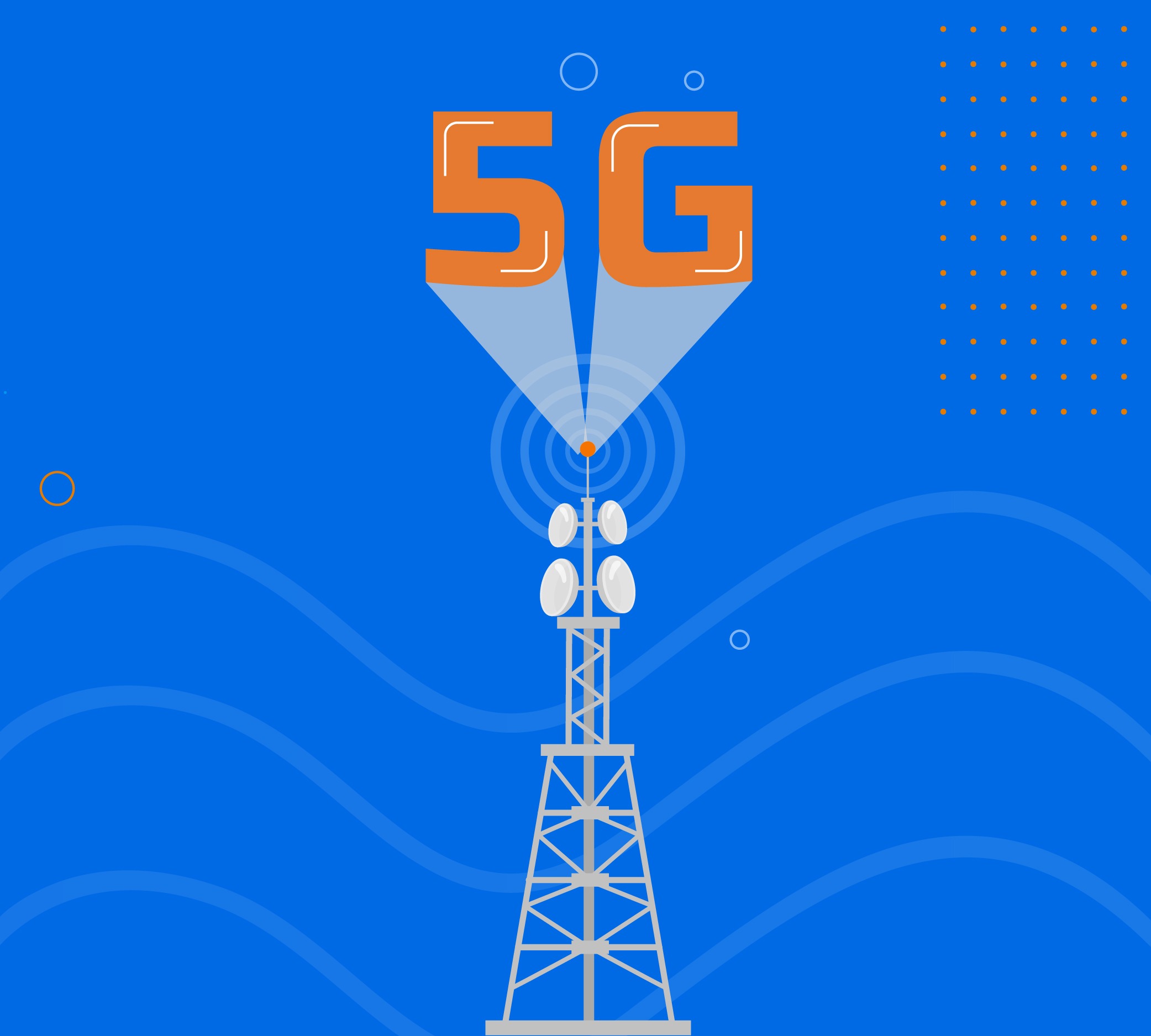
02.
How has this reshaped the competitive landscape for telecom operators?
– The critical role of customer experience in telecom
Telecom companies today are not merely service providers but enablers of a connected, seamless lifestyle. The emphasis has shifted dynamics: core connectivity products and services, augmented by cloud and security solutions, to deliver an end-to-end process that prioritizes protecting data and people.
Operators like Verizon and AT&T are redefining customer experience by integrating cutting-edge technologies to provide seamless service. Verizon’s implementation of 5G Ultra Wideband in over 1700 cities, enabling near-real-time communication and transformational speed and reliability, is a testament to how seriously customer experience is taken.
”Now, more than 20 million households have access to game-changing home wireless broadband in more than 900 cities across the country, and more than 2 million businesses are covered with 5G Business Internet service
~ Verizon

– Personalization at scale: data analytics and AI
By proactively analyzing customer data, telecom companies are now adept at not only anticipating user needs and preferences but also at delivering bespoke services tailored to each individual. This forward-thinking, customer-centric approach not only elevates customer satisfaction but also cultivates a strong sense of loyalty, setting new benchmarks in customer engagement.
Leading the charge in this domain, several telecom operators are exemplifying how the integration of sophisticated data analytics and AI technologies can transform customer service and product offerings. For instance, Vodafone has made significant strides with its innovative AI-powered chatbot, TOBi, which provides customers with highly personalized support, streamlining service experiences in real-time. On a similar note, AT&T is leveraging the insights gained from big data analytics to customize its offerings more effectively, ensuring that each customer’s unique needs and preferences are met with unparalleled precision. This strategic use of technology not only enhances the overall customer experience but also significantly improves retention rates by fostering a deeper connection between the telecom provider and its users.
This paradigm shift towards personalized customer engagement highlights a future where technology acts as a bridge to more meaningful, customer-first interactions, reinforcing the importance of understanding and responding to the individual demands of users in the digital age.
– Reinventing customer support for the digital age
By empowering customers with the tools to address their needs swiftly and efficiently, telcos are setting new standards in service excellence and accessibility. In an era where immediacy and convenience are paramount, digital-first customer support solutions stand at the forefront of this revolution, redefining interactions between MNOs and their customers. Orange’s strategic implementation of digital assistants and chatbots for round-the-clock customer support is a prime example of leveraging AI to not only broaden service availability but also significantly improve the quality of customer engagements. These AI-enabled platforms are designed to understand and resolve customer queries with a level of precision and personalization previously unattainable, ensuring that every customer interaction is both meaningful and effective.
This proactive and digitally empowered approach to customer service means that telcos are not just automating customer service; they are enhancing the human aspect of customer support, offering solutions that are tailored to individual customer contexts and needs.
– Seamless cross-device connectivity
Imagine a world where every device you own – from your smartphone and tablet to your VR headset and the car you drive – communicates in perfect harmony. This not only enhances user satisfaction by eliminating disruptions but also opens up new possibilities for technology integration across different facets of life. With the advent of 5G and its promise of high-speed, reliable connectivity serves as a catalyst for innovation in areas previously constrained by technological limitations. For instance, AR and VR applications, which demand high bandwidth and low latency, can now deliver more immersive and complex experiences, thanks to the enhanced capabilities of 5G networks. This evolution towards a more interconnected and user-centric digital environment necessitates a reevaluation of current technological frameworks and a concerted effort to foster compatibility and integration across various devices and platforms. The goal is to create a cohesive digital experience that is not just limited to a single device but extends across the entire spectrum of a user’s digital footprint—from smartphones and tablets to wearables and home automation systems.
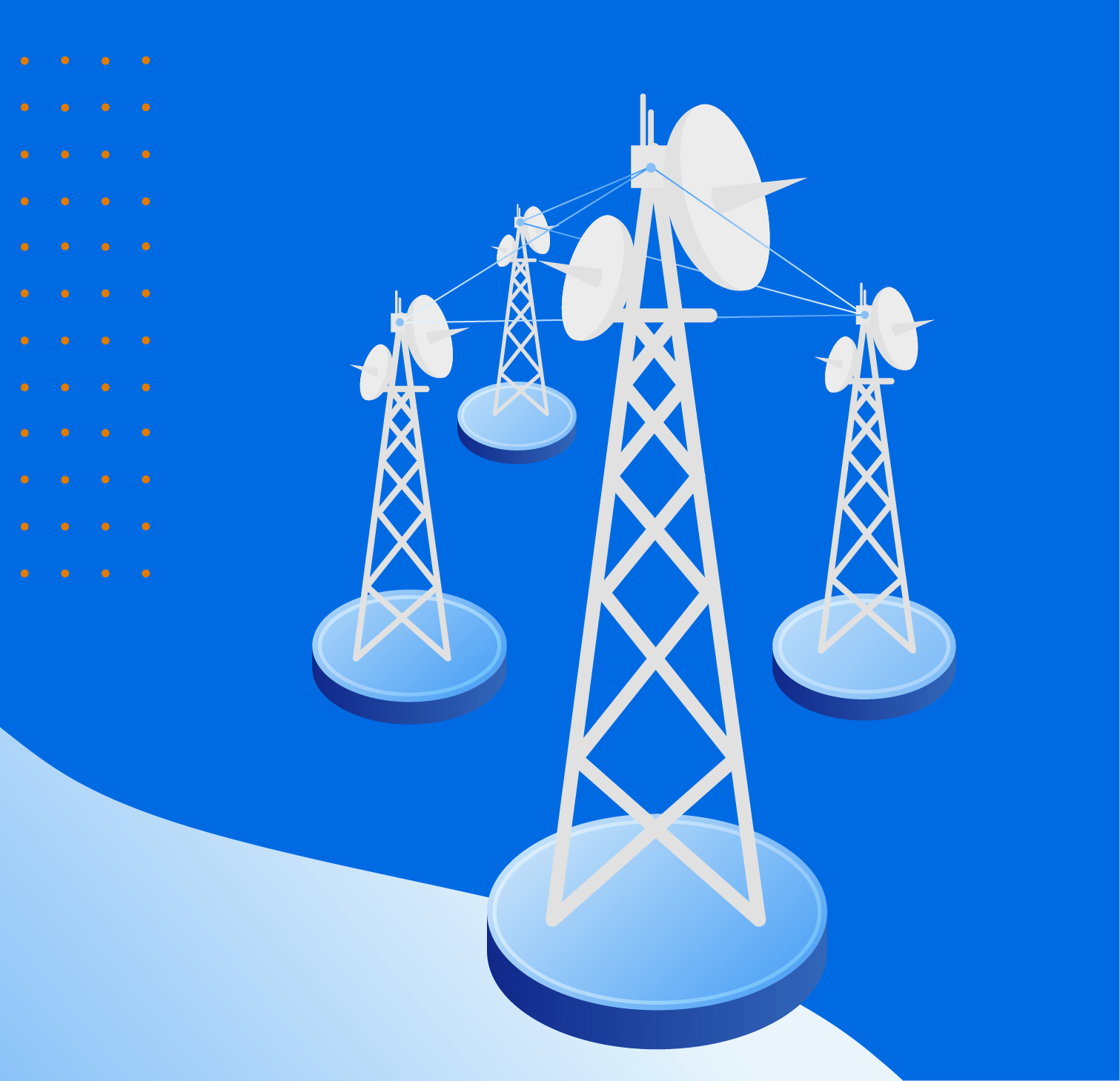
03.
The current landscape of MNOs
Telecom operators are currently navigating a landscape that is both challenging and ripe with opportunities. On one hand, the saturation of traditional voice and data markets, coupled with the rise of over-the-top (OTT) services, has eroded traditional revenue streams and intensified competition. On the other hand, the rollout of 5G networks offers a chance to reclaim the innovation forefront, presenting operators with an opportunity to introduce groundbreaking services that meet the evolving demands of both individual consumers and industries.
With capabilities far surpassing those of previous generations, 5G technology is expected to unlock a multitude of new use cases, from IoT applications and smart city solutions to immersive AR/VR experiences and ultra-reliable low-latency communications for critical services. However, realizing this potential requires significant investment in infrastructure, technology, and skills development. Operators are thus faced with the dual challenge of managing these investments while also innovating in service design and delivery to ensure a compelling value proposition for customers.
04.
Emerging Challenges
Irrespective of its benefits, the path of 5G and next-gen solutions is not without their complexities.

05.
How our RVM suite helps you be a forerunner in the digital connectivity domain?
As MNOs transition into the 5G era, the need for a strategic edge in managing and optimizing sales and distribution becomes crucial. Our Retail Value Management (RVM) Suite positions itself as an indispensable tool in this transformative journey, offering telecom operators a pathway to fully leverage the potential of 5G and next-generation connectivity.
Key features of the RVM Suite for 5G readiness
Data-Driven insights
Empower decision-making with actionable insights, crucial for tailoring 5G services to customer needs and market dynamics.
Enhanced sales readiness
Equip S&D networks with the necessary tools and information, ensuring they’re primed to capitalize on 5G opportunities.
Network coverage and capacity planning
Facilitate you in designing the optimal investment plan across your network technologies and allows you to track the realization of your investment plan.
Sales Engine Pillar
Generates data
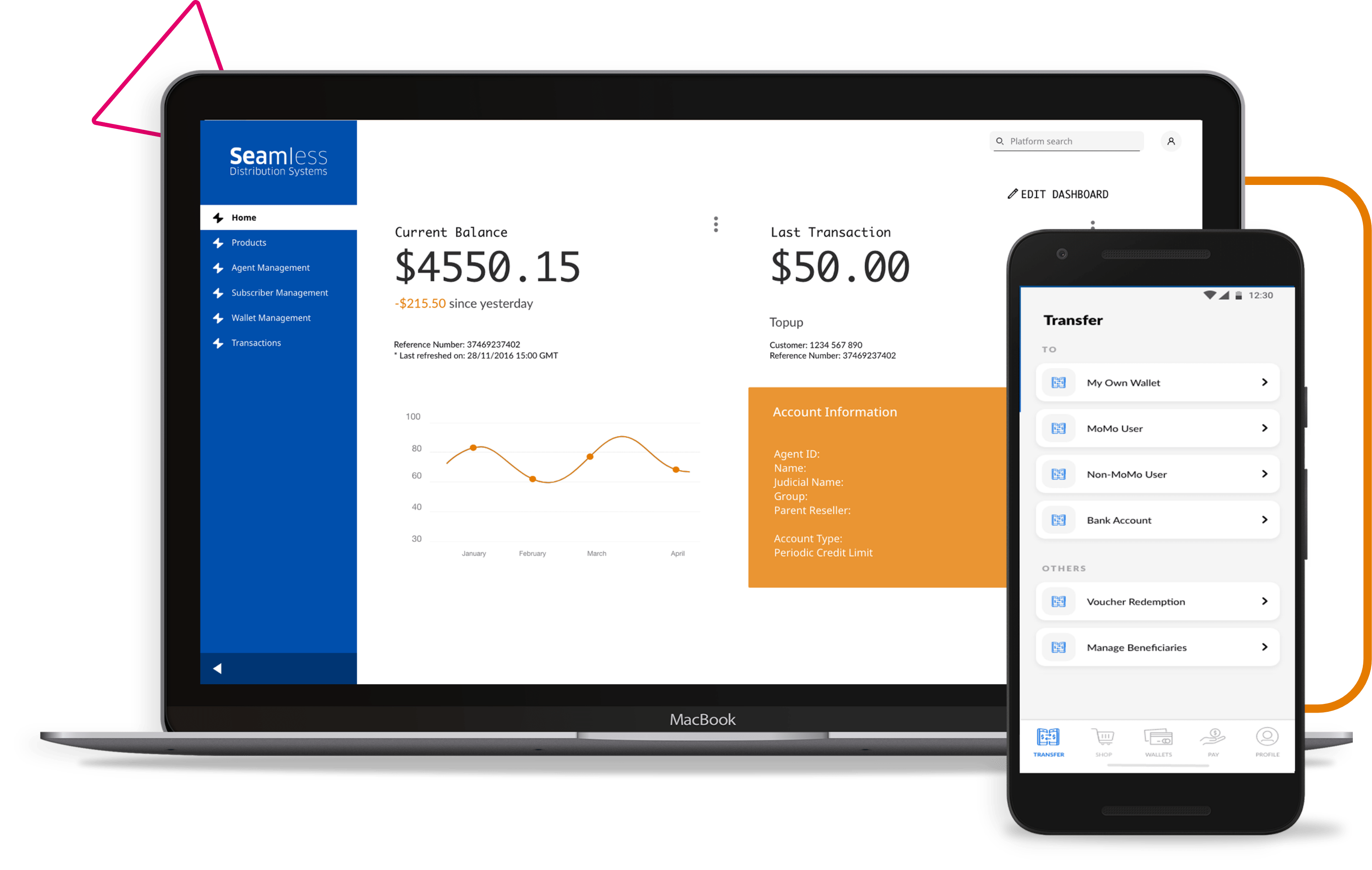

End-to-end digital sales & distribution management for any type of product, anywhere

Warehouse-to-POS sales & distribution management and field forces optimization with total visibility

Smart campaign and dealer incentives management across products and services from a single platform
Analytical Pillar
Makes sense of data
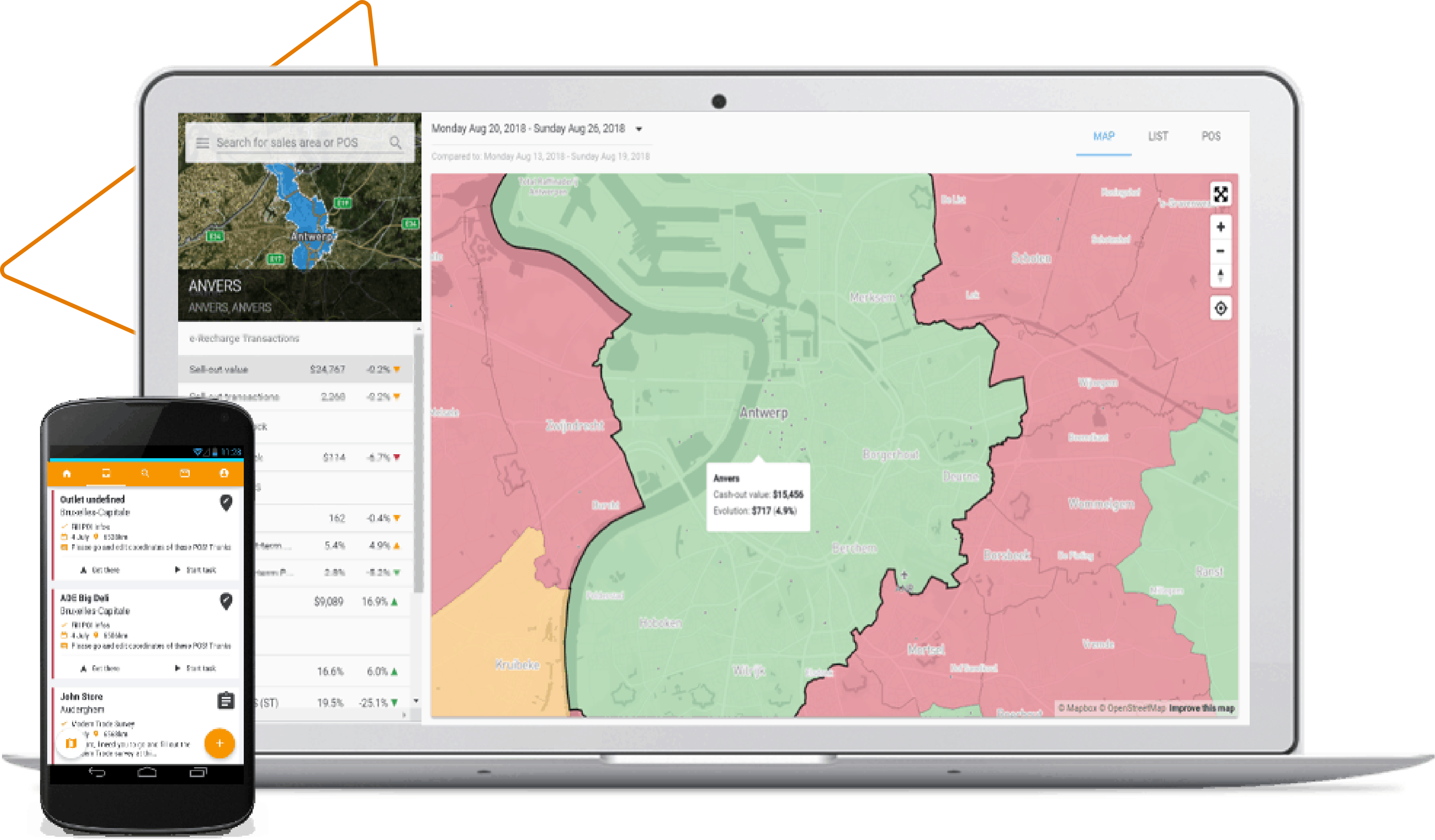

A centralized tool that optimizes field commercial operations by recommending where to act and what to do

POS site selection software to optimize profit and growth by knowing exactly where to set up your next POS

A Capex optimization tool that defines your optimal roll-out plan for both wireline and wireless investments to maximize your strategic objectives
Action Pillar
Transforms data into action
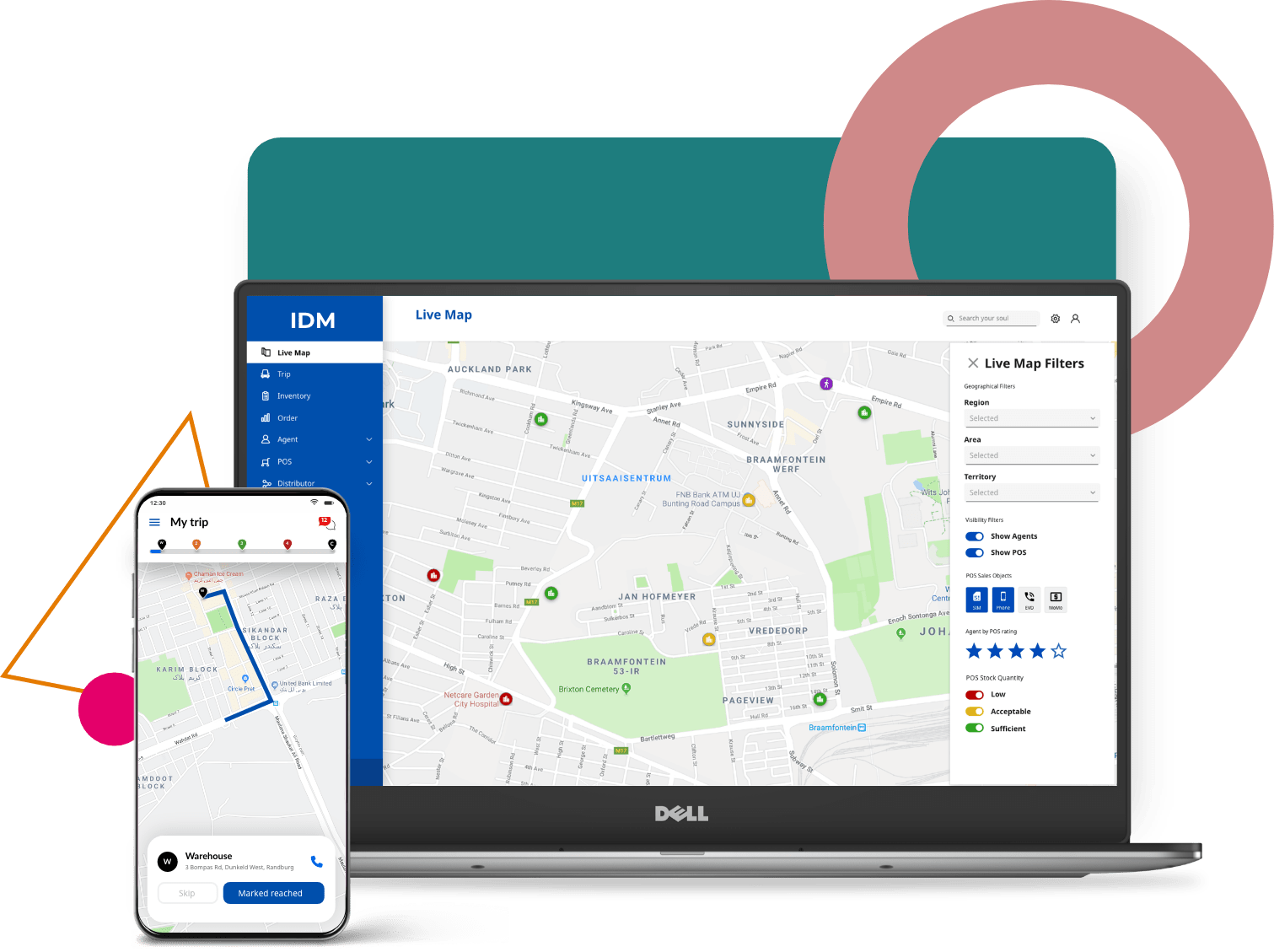

A single-window interface for omnichannel retailing of digital and physical products at the POS

Digital KYC solution to streamline reseller and subscriber onboarding and registration

A mobile application to equip your sales teams with actionable field insights to optimize their performance

06.
Here’s how Vodafone Oman used RVM suite for digitizing their operations and enhancing customer experience
The Need
- Digital and integrated journey for superior retailer/ customer experience
- Vodafone’s critical goal to optimize Capex and scale as revenue grows
- Lean operations model of Vodafone requires partners to operate in self-managed SaaS model
The Solution
SDS implemented its comprehensive Retail Value Management (RVM) suite to:
- Enable faster and more informed decision-making with the unified platform which allowed for a more transparent view of business operations
- Make decisions based on actionable insights derived from analytics-backed solutions offering real-time insights, consolidating and visualizing data from various systems
The Impact
Seamless delivered a holistic approach, covering every functional need in Vodafone Oman’s sales and distribution processes. The RVM suite ensured a seamless integration of digital and physical aspects, providing a unified platform to streamline operations.
07.
Conclusion
This new era of connectivity is not just about faster speeds or more efficient networks; it’s about creating a more connected, digital world where telecom services become integral to every aspect of daily life. By focusing on high-speed broadband connectivity, seamless cross-device operability, and personalized customer engagement, telecom operators can unlock tremendous value, both for their users and their business. As the industry moves forward, telecom operators must continue to innovate and adapt, ensuring they are not just providers of connectivity but architects of a digital future where the customer experience is paramount. The success of this journey will not be measured by the speed of the network alone but by the quality of the connections it enables between people, devices, and communities.
